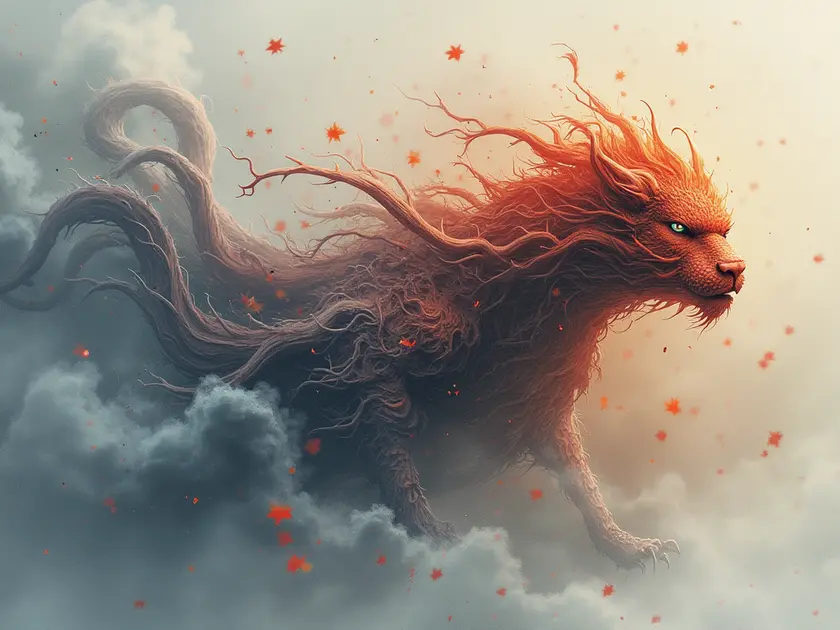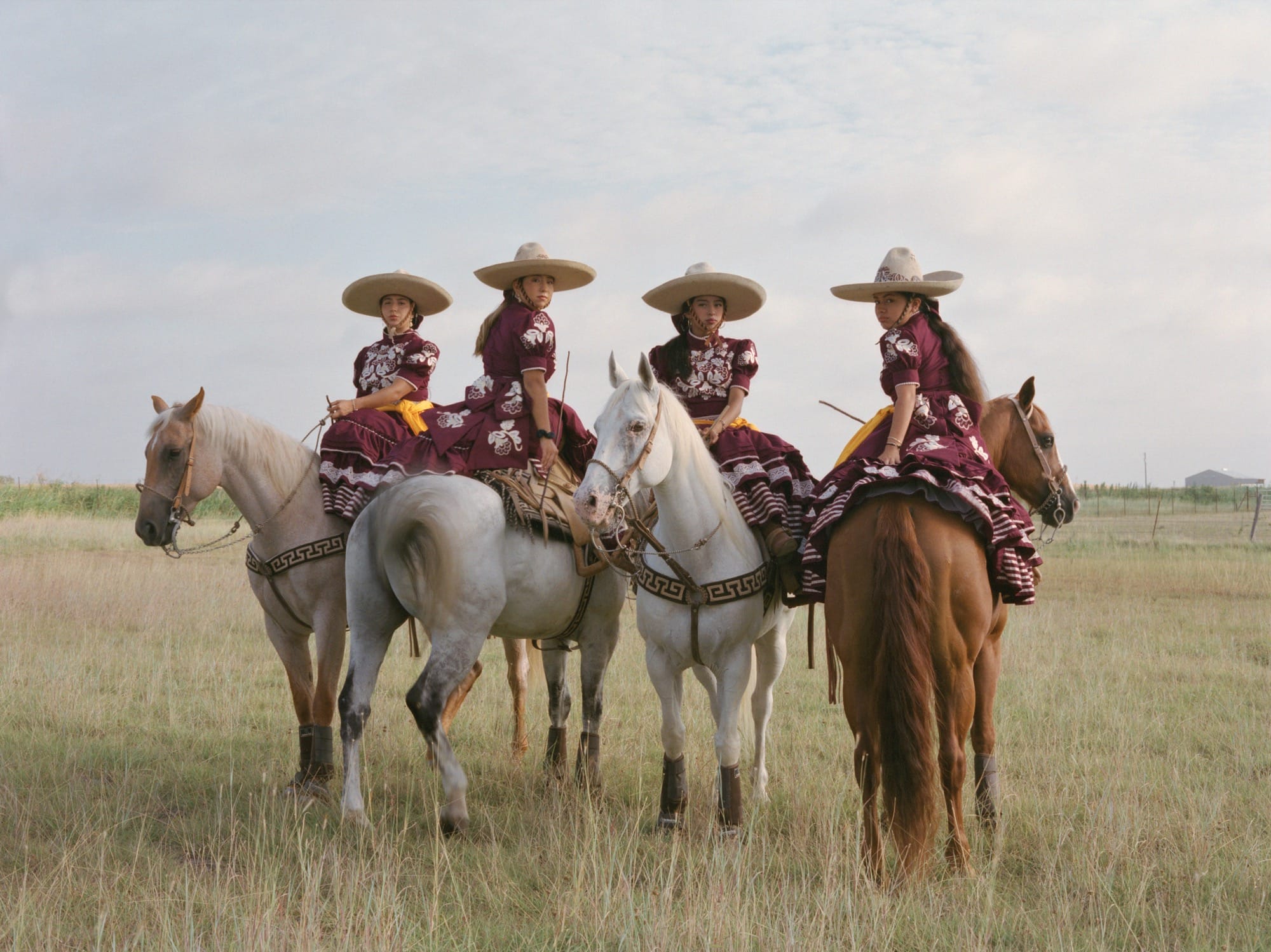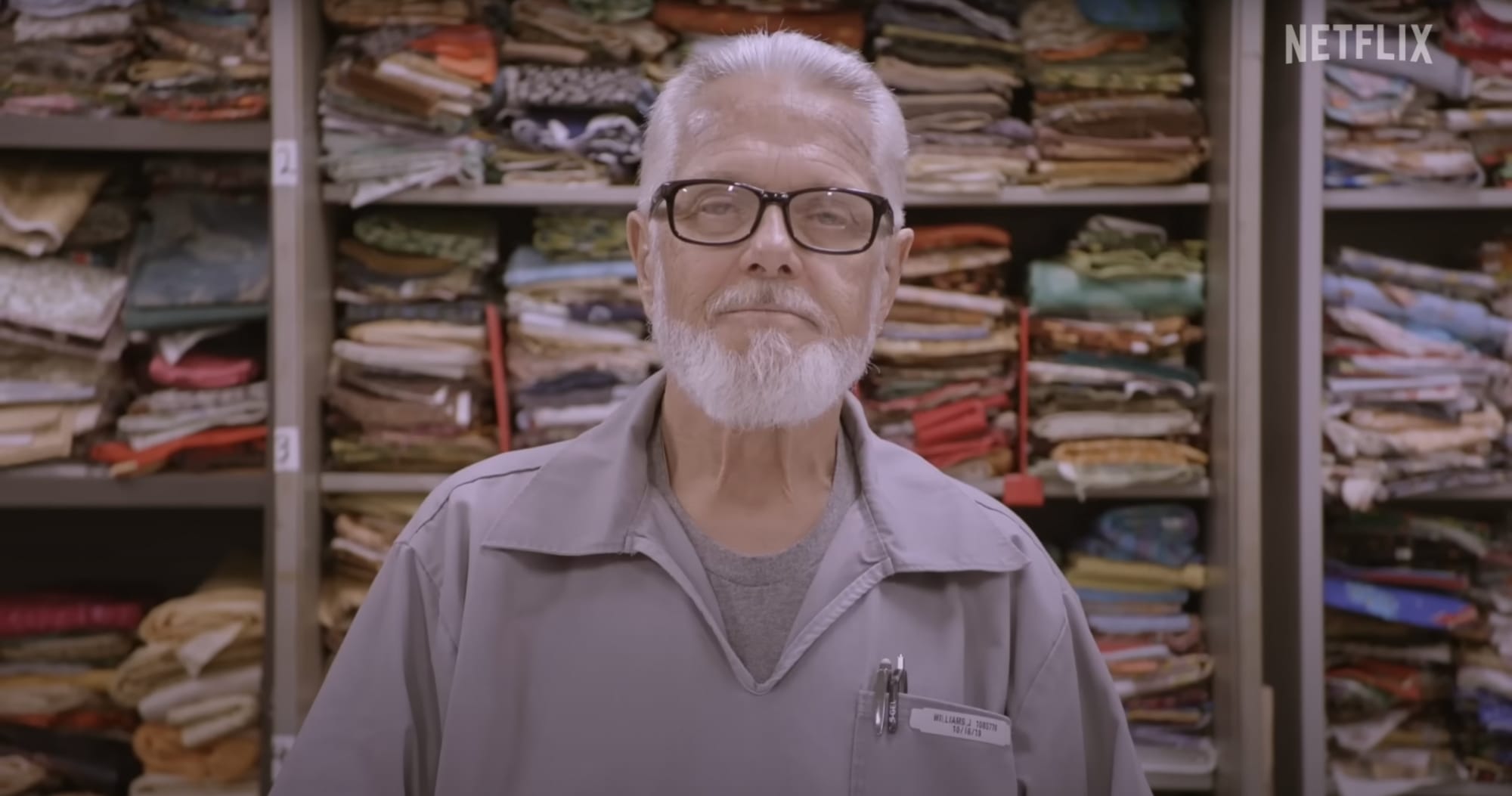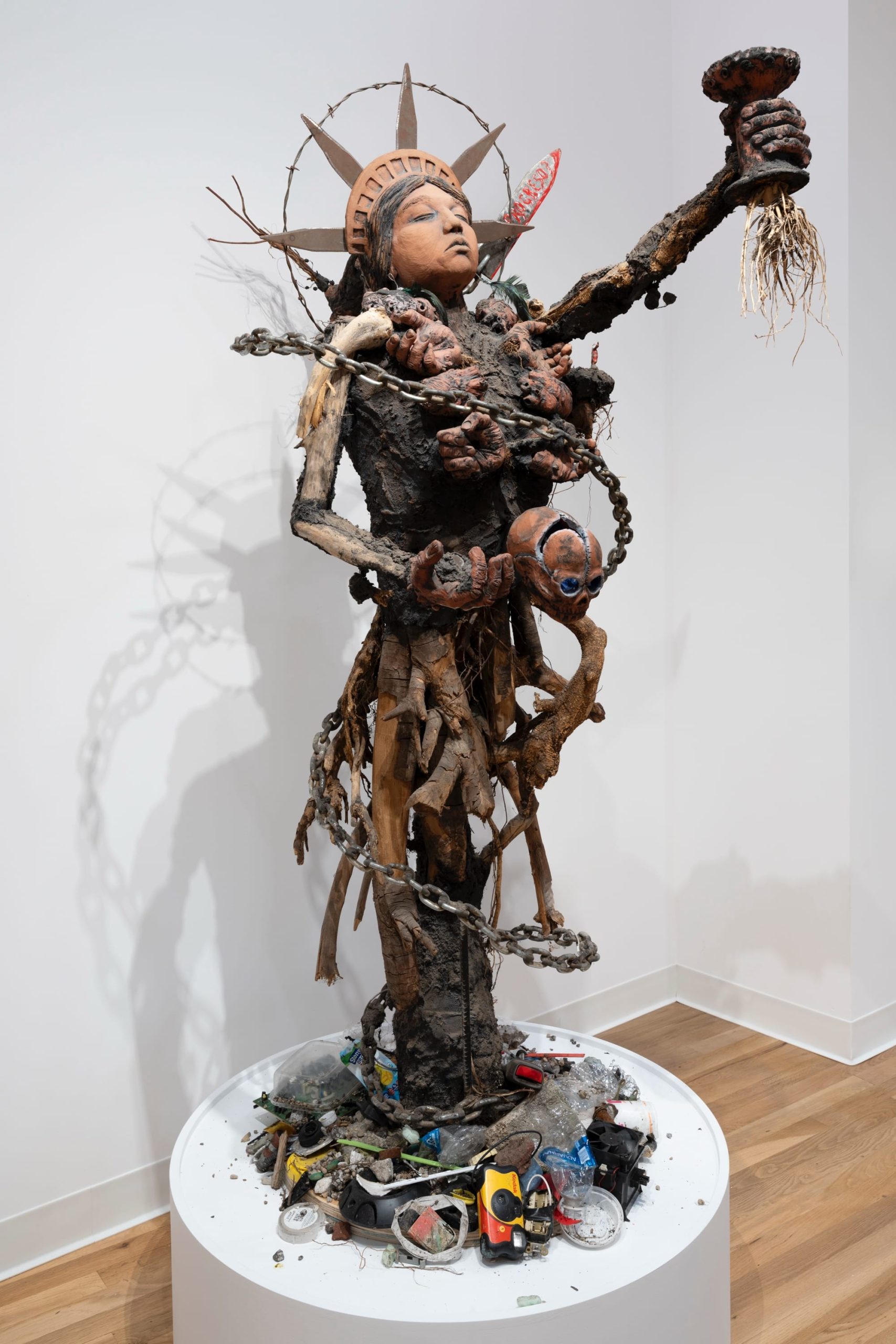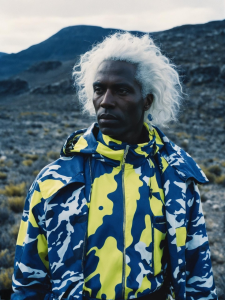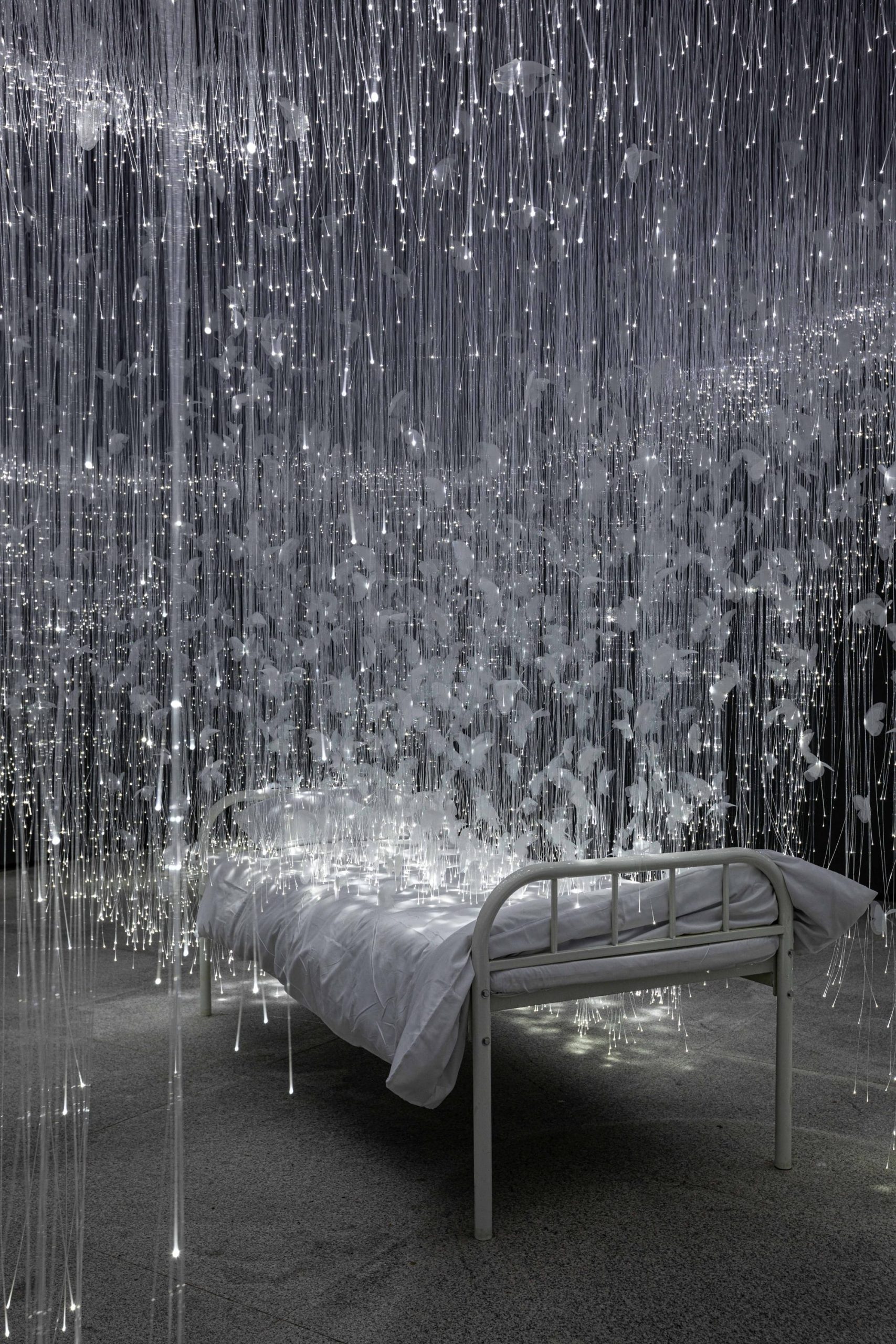Artistic Techniques for Creating Depth in Two-Dimensional Works
When it comes to creating visually captivating two-dimensional artworks, the use of various techniques to introduce depth plays a crucial role. By implementing methods such as exploring color contrasts, utilizing atmospheric perspective, and incorporating linear perspective, artists can bring a sense of three-dimensionality to their flat surfaces. These techniques not only add visual interest but also draw the viewer into the artwork, making it a more immersive experience.
Exploring Color Contrasts
Color contrasts are a fundamental aspect of visual design that can greatly impact the overall aesthetic and message of a piece. By understanding and utilizing color contrasts effectively, designers can create visually compelling and dynamic compositions. There are several types of color contrasts that can be explored:
1. Hue Contrast
Hue contrast involves using different colors on the color wheel to create visual interest and separation between elements. By pairing complementary colors or colors that are opposite each other on the color wheel, designers can create vibrant and striking compositions.
2. Value Contrast
Value refers to the lightness or darkness of a color. Value contrast involves using variations in lightness and darkness to create emphasis and focal points within a design. By juxtaposing light and dark values, designers can create depth and dimension.
3. Saturation Contrast
Saturation contrast involves using variations in color intensity to create visual interest. By pairing highly saturated colors with desaturated colors, designers can create a sense of balance and harmony in their compositions.
4. Temperature Contrast
Temperature refers to the perceived warmth or coolness of a color. Temperature contrast involves using warm and cool colors to create visual impact. By playing with temperature contrasts, designers can evoke different emotions and moods in their designs.
Exploring color contrasts allows designers to create visually engaging and dynamic compositions that capture the viewer’s attention. By understanding the different types of color contrasts and how to effectively utilize them, designers can elevate their designs and communicate their intended message more effectively.
Utilizing Atmospheric Perspective
Atmospheric perspective, also known as aerial perspective, is a technique used in art to create the illusion of depth by simulating how the atmosphere affects the appearance of objects as they recede into the distance.
Key Points:
- Objects appear lighter in color and less detailed as they move further away.
- Colors become less saturated and more muted in the distance.
- Contrast decreases between objects and their background.
By incorporating atmospheric perspective into your artwork, you can enhance the sense of depth and realism, making your compositions more engaging and visually appealing.
Techniques for Using Atmospheric Perspective:
- Adjusting the value and intensity of colors to create the illusion of depth.
- Softening edges and details on objects in the background to push them into the distance.
- Using overlapping shapes and atmospheric effects to convey spatial relationships.
Mastering the use of atmospheric perspective can elevate your art and bring a sense of realism to your creations, drawing viewers into the world you’ve depicted.
Incorporating Linear Perspective
Linear perspective is a powerful technique that artists use to create the illusion of depth and distance in their artwork. By incorporating linear perspective into your compositions, you can add realism and dimension to your pieces.
Understanding Vanishing Points
In linear perspective, all parallel lines converge at a point on the horizon known as the vanishing point. By placing objects along these converging lines, you can create the illusion of depth and distance in your artwork.
Creating Depth and Dimension
By using techniques such as foreshortening and overlapping objects, you can enhance the sense of depth in your compositions. This can help create a more dynamic and engaging piece of art.
Adding Realism to Your Artwork
Linear perspective is essential for creating realistic scenes and environments in your artwork. By understanding how objects appear smaller as they recede into the distance, you can create convincing and lifelike compositions.
- Experiment with different vanishing points to create unique perspectives in your artwork.
- Practice sketching scenes with varying levels of depth to improve your understanding of linear perspective.
- Study the works of master artists who effectively use linear perspective in their compositions.

